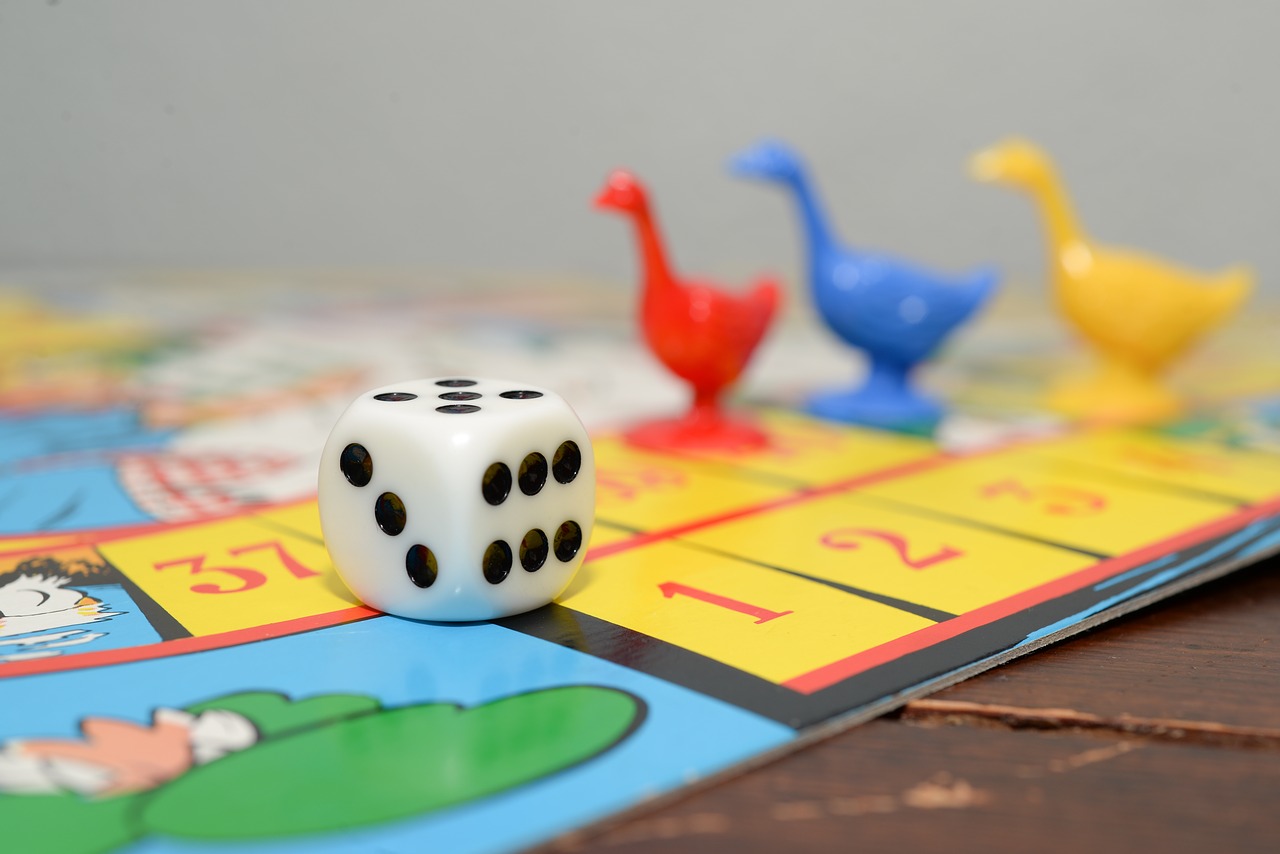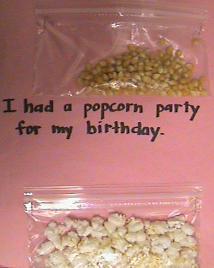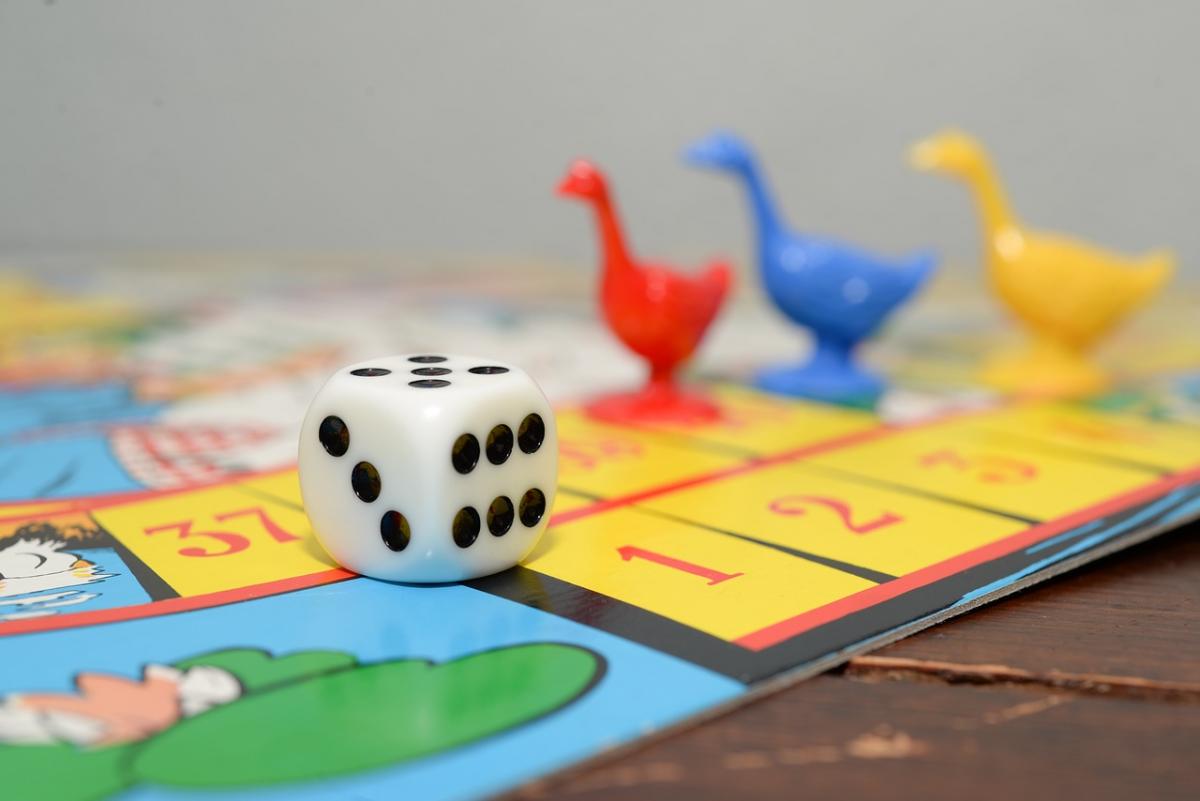 Think back on your own childhood and time with family and friends and you’re likely to remember a game you enjoyed playing whether it was a board game, word game, or sporting activity. Games can help your child develop skills such as:
Think back on your own childhood and time with family and friends and you’re likely to remember a game you enjoyed playing whether it was a board game, word game, or sporting activity. Games can help your child develop skills such as:- Social Skills – Many games aren’t played alone; rather they are played with others. Since it is not uncommon for a child with a visual impairment to have challenges developing social skills, games are a natural and fun way to help your child learn to interact with others.
- Recreational Skills – Well adjusted adults have hobbies and interests that form the basis of their recreational time. Many of these interests were developed in childhood so it’s never too early to lay the foundation for your child’s recreational enjoyment in adulthood.
- Academic Skills – Learning to read, write, and do math are the basics of academic success. Many games can help your child build these important academic skills.
Below are a variety of ideas for exposing your child to games. You can take many of our ideas and adapt them easily based on your child’s interest or age. For example, a simple word game which children as young as 7 or 8 can play involves taking a word such as “summer” and seeing how many smaller words one can make from it. From the word “summer” you can make me, sum, us, muse, etc. If your child enjoys basketball you might have her see how many smaller words she can make from “basketball” or from the letters in the name of her favorite player or team.
- Word Games on the Go
- Adding Braille and Textures to Games
- Where to Get Games That are Already Adapted
- Make Your Own Braille Word Search Puzzles!
Word Games on the Go
These word games don’t involve anything other than your brain! Give them a try the next time you and your child are traveling somewhere and he says, “I’m bored!”
- Rhyming – Take a word such as “hammer” and see how many words your child can come up with that rhyme with this word. If your child enjoys competition have him compete against a sibling or friend or set a timer and see how many words he can come up with in 3 minutes. You can have your child braille the words he comes up with.
- It Sounds Like – A fun word game is to have your child say a word such as “elephant” and then take the last sound of the word /t/ in this case and have the next person come up with a word starting with /t/ such as “turtle.” The next person would need to come up with a word starting with /l/. You can do words with a theme such as animals as demonstrated here, or you can make it free flowing. Players can write their words down using braille or play orally.
- I’m Going on a Picnic – This age old game is never old. As you move through the alphabet another word is added. The first person has “A” and might say, “I’m going on a picnic and I’m bringing applesauce.” The second person has to add a word starting with the letter “B” and the third person adds something starting with the letter “C.” So the third person might say, “I’m going on a picnic and I’m bringing applesauce, bracelets, and cotton balls.” Your child can braille out the list of what is being taken on the picnic.
- Story Starters – Telling a story is always fun, especially if it is a ghost story or one that involves travel in outer space or another such fun topic. Each person adds more to the story as it is told. Depending on the creativity of the group, you can end up with quite the tall tale!
- How Many Words Can You Come Up With? – You or your child can prepare cards that have themes on them such as “Girls’ names that start with K” or “Things found in the ocean.” Individually or in small groups a card is selected and in a specified period of time people write down in print or braille all the words they can think of that meet the criteria.
These five games are just the tip of the iceberg. Think back to your own childhood and you just might remember some games you enjoyed that you can play with your own child.
Adding Braille and Textures to Games
There are many commercially available games in the stores that can easily be adapted for a child who is blind. You can do this by adding braille where print is found on the game. We’ve given you directions to braille playing cards. You can use the same idea to add braille to other cards such as those in UNO or Old Maid.
Game boards can be adapted by adding braille where needed and textures. Here’s a Candy Land board. How might you adapt this if your child does not see color?
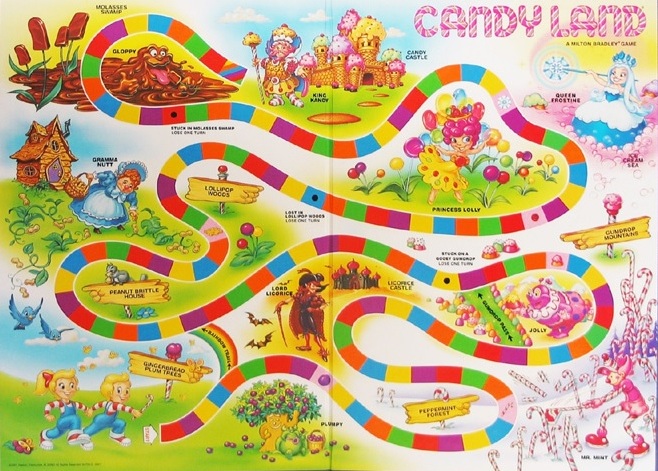
Editor’s note: There are a couple of adaptations on this site: Adapting Candy Land for Players Who Are Blind or Deafblind and Tips to Adapt Games for Children with Vision Impairments.
First you need to look at what is important for playing the game. Your child would need to see the outline of the “path” and that it is made up of four colors (green, orange, blue, and red). The other pictures on the board of the candy don’t have a function in the game, rather they are there as decoration.
You’ll want your child to be able to see the path and to know the different colors. You might outline the path with puff paint (used on t-shirts and found in the craft store) or yarn soaked in glue. Then for each color you’ll need a different texture. Perhaps for the red you’ll use felt, for the blue foam, for the green burlap, and for the orange cardstock. It’s important that the textures you use are ones your child is comfortable touching. You don’t need to cover the entire square; rather you can use a small piece of the texture.
With this game there are playing cards that have the various colors on them. You’ll need to add the appropriate texture to each card. When board games have cards they are generally stacked on the board in some location. You might want to provide a container for the cards so your child can easily find them. You even might want to provide a second container for the “discard” pile. If you use two containers make sure they feel different enough or are positioned far enough apart that your child will be able to know which container is which.
Your child, brothers or sisters, or friends might enjoy helping you adapt games. When appropriate, get your child’s input on how he or she would like the game to be set up.
Where to Get Games that are Already Adapted
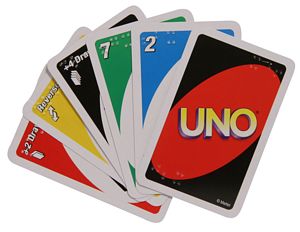 You’re busy, you’re not “artsy,” or you just don’t have the time to figure out how to adapt a game so your child who is a braille reader can play it. Not a problem as others have done the work for you! First let us mention that sometimes trying to figure out what to buy for your child is a challenge. Family Connect has assembled a Toy Guide where they make recommendations about toys that are appropriate for children who are visually impaired.
You’re busy, you’re not “artsy,” or you just don’t have the time to figure out how to adapt a game so your child who is a braille reader can play it. Not a problem as others have done the work for you! First let us mention that sometimes trying to figure out what to buy for your child is a challenge. Family Connect has assembled a Toy Guide where they make recommendations about toys that are appropriate for children who are visually impaired.
There are several companies that have braille books for sale. Two of these are:
- Seedlings Braille Books for Children produces print-braille books for young children up to high school age children. There books are priced similarly to print books.
- National Braille Press also produces print-braille books for children of all ages. They have a braille book reading club.
Commercial games such as Monopoly™, Dominos, chess, and UNO™ can be bought at companies such as the ones below. Some of these companies have developed their own games.
- American Printing House for the Blind has created several games for visually impaired children. Your child’s teacher of students with visual impairments may be able to loan you games from APH, so check with him or her before making a purchase.
- LS&S not only has games, but many other products for people with visual impairments.
- Maxi Aids also has more than just games for people with visual impairments.
- Exceptional Teaching Aids has games and toys that have been adapted for children with visual impairments. They also have a lot of educational materials that may be helpful to your child in school.
This list is just a beginning. If you find a good source for purchasing games or toys for your child, share it with us, so we can add it to our list.
See other games on this site or visit our Pinterest board on games!
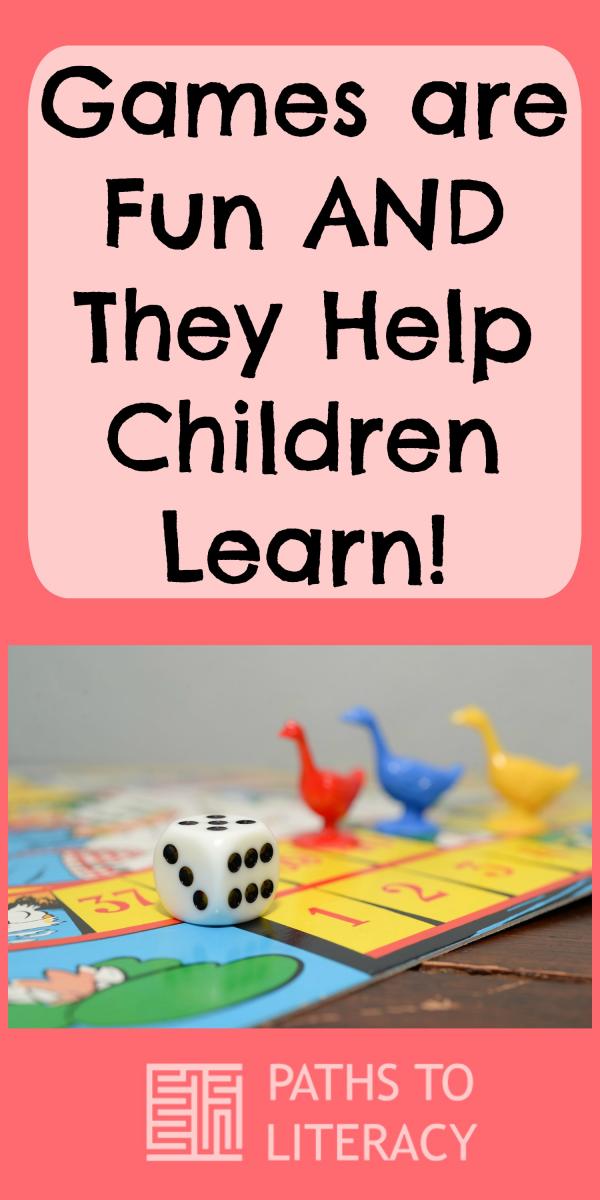
This article was originally posted on the BrailleSC website, which was funded by a grant from the US Department of Education with support from the University of South Carolina Upstate and The Maryland Institute for Technology in the Humanities.

